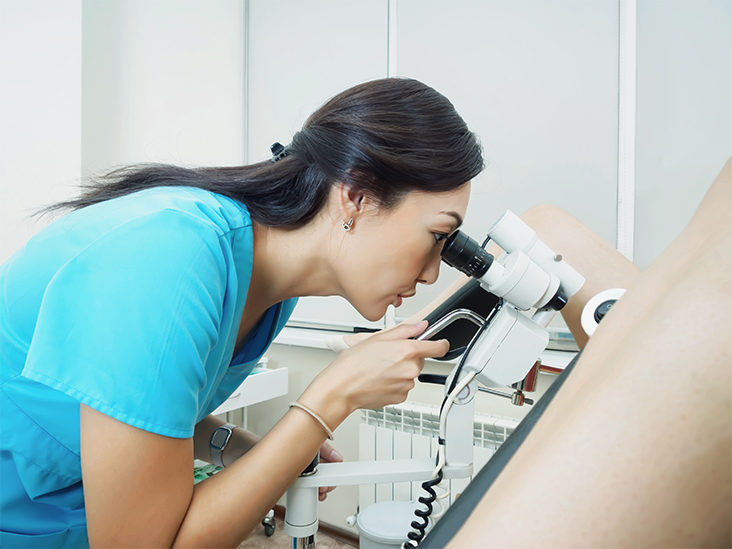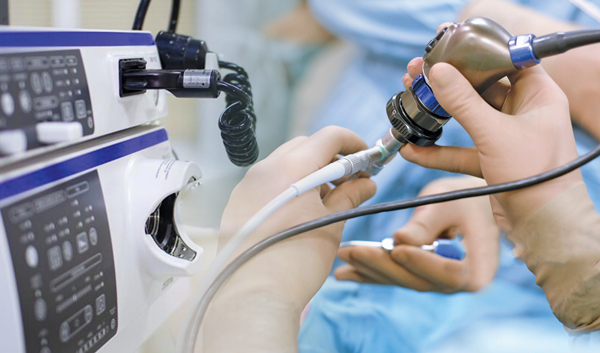Hysteroscopy & Endoscopy
Hysteroscopy :
Hysteroscopy is a procedure that allows your doctor to look inside your uterus in order to diagnose and treat causes of abnormal bleeding. Hysteroscopy is done using a hysteroscope, a thin, lighted tube that is inserted into the vagina to examine the cervix and inside of the uterus.
Endoscopy :
Endoscopy is the insertion of a long, thin tube directly into the body to observe an internal organ or tissue in detail. It can also be used to carry out other tasks including imaging and minor surgery. Endoscopes are minimally invasive and can be inserted into the openings of the body such as the mouth or anus.
When is operative hysteroscopy used?
- Polyps and fibroids: Hysteroscopy is used to remove these non-cancerous growths found in the uterus.
- Adhesions: Also known as Asherman’s Syndrome, uterine adhesions are bands of scar tissue that can form in the uterus and may lead to changes in menstrual flow as well as infertility. Hysteroscopy can help your doctor locate and remove the adhesions.
- Septums: Hysteroscopy can help determine whether you have a uterine septum, a malformation (defect) of the uterus that is present from birth.
- Abnormal bleeding: Hysteroscopy can help identify the cause of heavy or lengthy menstrual flow, as well as bleeding between periods or after menopause. Endometrial ablation is one procedure in which the hysteroscope, along with other instruments, is used to destroy the uterine lining in order to treat some causes of heavy bleeding.
What diseases can be detected by an endoscopy?
- gastroesophageal reflux disease
- ulcers
- cancer link
- inflammation, or swelling
- precancerous abnormalities such as Barrett’s esophagus
- celiac disease
- strictures or narrowing of the esophagus
- blockages



